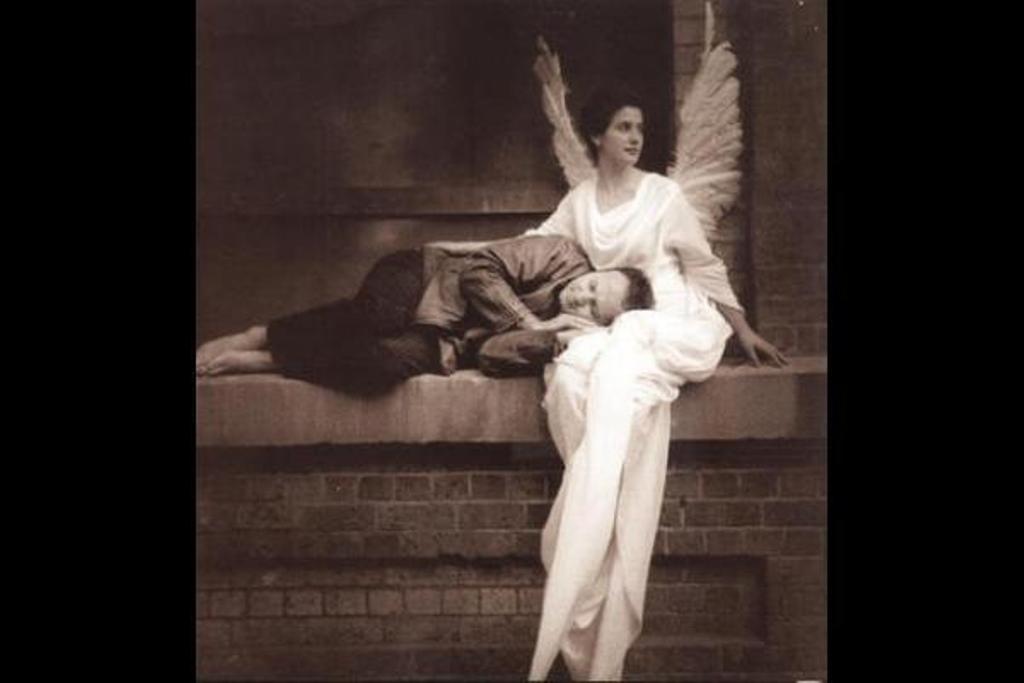COMPASIUNEA IN PSIHOTERAPIE... A FI OM
COMPASIUNEA IN PSIHOTERAPIE... A FI OM
Karl Gregory Abstract : În ultimii 10 ani, psihoterapia, teologia şi neuroştiinta au început să se apropie din ce în ce mai mult, şi asta se resimte şi la nivelul r...
| |||||||
Preview by Yahoo
| |||||||
Etichete:
Clinical Psychology
Evenimentele toamnei
|
Etichete:
Entertaniment
Interviu cu prof. dr Aurel Romila in revista Lumina - august 2014
Pentru
a trăi normal, omul are nevoie, pe lângă adăpost şi hrană, şi de
caracter, şi de credinţă în sens. În societatea debusolată de astăzi,
Biserica ne învaţă să fim moderaţi, să fim buni cu ceilalţi. Altfel,
dacă nu intervine o frână spirituală transcendentă, vieţuim după
cuvântul ...
| ||||||
Preview by Yahoo
| ||||||
Etichete:
Profesor Aurel Romila,
Tesaurus
30 de proverbe indiene inteligente, care te vor pune pe ganduri
- Rabdarea este cea mai frumoasa rugaciune.
- Unu si cu unu fac cateodata unsprezece.
- Poti gasi intotdeauna in rauri ceea ce nu poti gasi in oceane.
- Un copac incepe cu o samanta.
- Moartea este o camila care doarme in casa fiecaruia.
- Nu te poticnesti de un munte, dar de o piatra da.
- Printre orbi, omul cu un singur ochi este rege.
- Cel mai rau tip de saracie este sa ai multe datorii.
- Chiar si cainele este tigru pe strada lui.
- Urmeaza raul si vei ajunge la mare.
- Ce a fost greu de suportat este usor de amintit.
- Nu iti amana munca de astazi decat pana maine.
- Ceva facut la timpul nepotrivit ar trebui privit ca ceva nefacut.
- Cel ce mananca o turta nu numara gaurile din ea.
- Dependenta de altcineva este o dezamagire perpetua.
- Adevarata fericire se afla in a le darui altora.
- Acolo unde se duce acul, se duce si ata.
- Perlele nu sunt de valoare in desert.
- Sunt trei incertitudini: femeia, vantul si sanatatea.
- Un barbat fara o femeie este doar o jumatate de barbat.
- O problema este rezolvata cand devine mai grea.
- Daca traiesti pe rau, sa-ti fie frica de crocodil.
- Nimeni nu s-a pierdut vreodata pe un drum drept.
- Mai bine 100 de dusmani in afara casei decat unul in interior.
- Cel care are un prieten adevarat nu are nevoie de o oglinda.
- Un singur deget nu poate sa ridice o pietricica.
- Nu iti manca painea la masa altcuiva.
- Marea manie este mai distructiva decat sabia.
- Nu te targui pentru pestii care sunt inca in apa.
Etichete:
Entertaniment
Love is all arround: Secretul inteleptilor - Mooji
Love is all arround: Secretul inteleptilor - Mooji
Secretul inteleptilor - Mooji Publicat de
Ingerasul Iubirii
la
11:39 Etichete:
Mooji
| |||||||
Preview by Yahoo
| |||||||
Etichete:
Entertaniment
16 conferinte despre trauma - Louis Crocq
16 conferinţe despre traumă
Louis Crocq
Ce este o traumă? Putem să o identificăm după ce a trecut şocul? Care sunt semnele ce ar trebui să ne alerteze în săptămânile şi lunile care urmează? Care este impactul asupra memoriei şi somnului? Ce trebuie ştiut despre tehnicile care permit depăşirea crizei, începând cu intervenţia imediată şi terminând cu terapiile de lungă durată?Acelaşi eveniment poate fi o traumă pentru un individ, dar nu şi pentru un altul, în funcţie de diferenţele de personalitate, de nivelul de pregătire, de energia de care dispune individul pentru a face faţă traumelor şi de sprijinul acordat de anturaj în acel moment. Ţinând cont de aceste realităţi, autorul propune un tablou clinic al traumei în trei faze (imediată, postimediată şi amânată-cronică) şi demonstrează că trauma nu poate fi redusă la tulburarea de stres posttraumatic. El tratează particularităţile tabloului clinic în cazuri specifice, cum ar fi acela al copilului, al femeii care a fost victima unui viol şi al salvatorului expus unui eveniment potenţial traumatizant. În ceea ce priveşte domeniul terapeutic, acesta este explorat din perspectiva rezilienţei, a intervenţiei psihologice imediate, postimediate şi a tratamentului fazei cronice.
Louis Crocq este psihiatru în domeniul apărării naţionale, psihoterapeut specializat în nevrozele de război şi profesor de psihologie la Universitatea Paris-V. A scris peste 250 de lucrări de specialitate şi a publicat cinci cărţi în domeniul nevrozei traumatice şi nevrozelor de război observate la combatanţi şi în rândul populaţiei civile, al comportamentelor individuale şi colective în caz de catastrofe şi al stresului.
mai mult
Etichete:
Entertaniment
Interesting Article from MDLinx
|
Etichete:
MedLinx
Interesting Article from MDLinx
|
Etichete:
MedLinx
Interesting Article from MDLinx
|
Etichete:
MedLinx
Interesting Article from MDLinx
|
Etichete:
MedLinx
Interesting Article from MDLinx
|
- Second-generation antipsychotics (SGAs) are commonly used to treat schizophrenia.
- However, SGAs cause metabolic disturbances that can manifest as metabolic syndrome (MetS) in a subset of patients.
- The causes for these metabolic disturbances remain unclear.
- The authors performed a comprehensive metabolomic profiling of 60 schizophrenia patients undergoing treatment with SGAs that puts them at high (clozapine, olanzapine), medium (quetiapine, risperidone), or low (ziprasidone, aripiprazole) risk for developing MetS, compared to a cohort of 20 healthy controls.
- Multiplex immunoassays were used to measure 13 metabolic hormones and adipokines in plasma.
- Mass spectrometry was used to determine levels of lipids and polar metabolites in 29 patients and 10 controls.
- They found that levels of insulin and tumor necrosis factor alpha (TNF-α) were significantly higher (p < 0.005) in patients at medium and high risk for MetS, compared to controls.
- These molecules are known to be increased in individuals with high body fat content and obesity.
- On the other hand, adiponectin, a molecule responsible for control of food intake and body weight, was significantly decreased in patients at medium and high risk for MetS (p < 0.005).
- Further, levels of dyacylglycerides (DG), tryacylglycerides (TG) and cholestenone were increased, whereas α-Ketoglutarate and malate, important mediators of the tricarboxylic acid (TCA) cycle, were significantly decreased in patients compared to controls.
Other articles in Psychiatry>> Click here to see the complete list
Evaluation of various biomarkers as potential mediators of the association between coffee consumption and incident type 2 diabetes in the EPIC-Potsdam Study
American Journal of Clinical Nutrition, 07/25/14
Exclusive enteral nutrition ameliorates mesenteric adipose tissue alterations in patients with active Crohn's disease
Clinical Nutrition, 07/22/14
Levels of adiponectin and leptin at onset of type 1 diabetes have changed over time in children and adolescents
Acta Diabetologica, 07/25/14 |
Etichete:
MedLinx
Interesting Article from MDLinx
|
Etichete:
MedLinx
Interesting Article from MDLinx
|
Etichete:
MedLinx
Subscribe to:
Comments (Atom)









